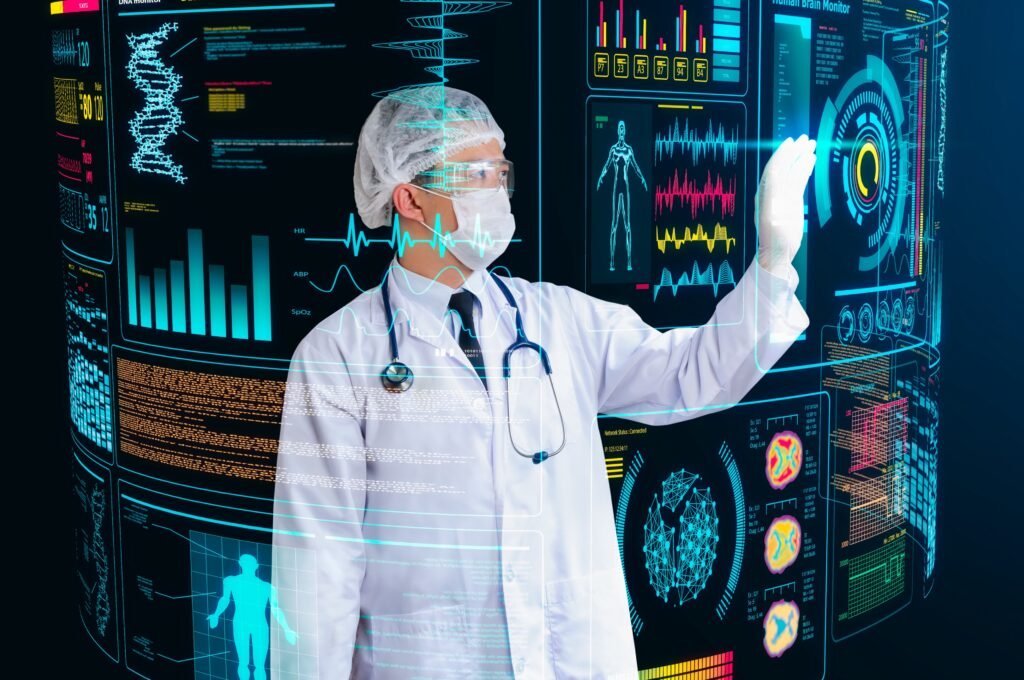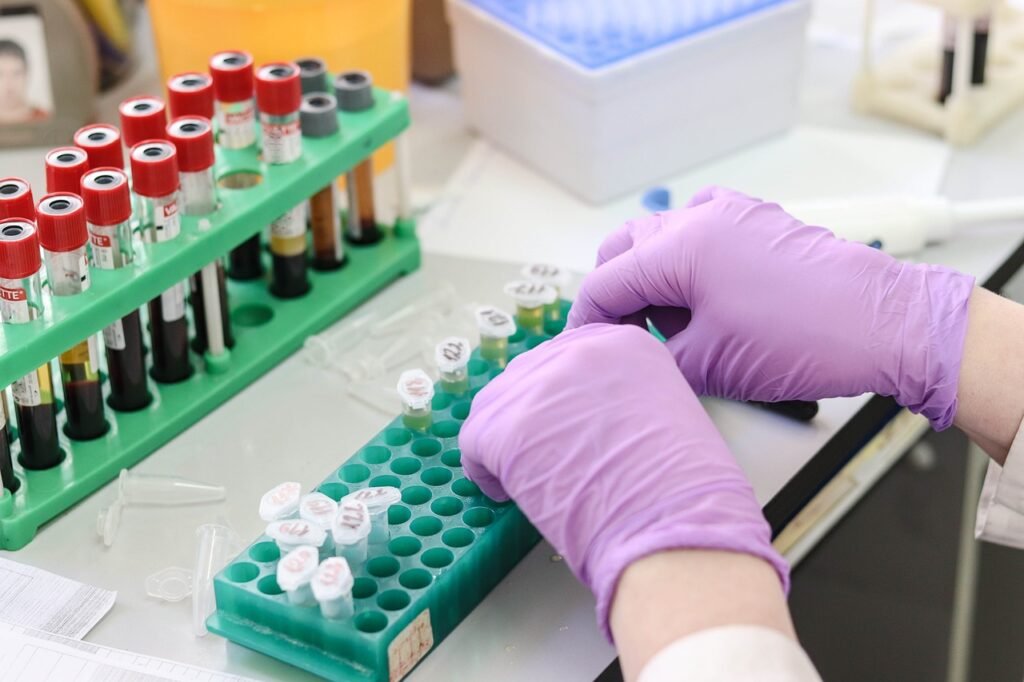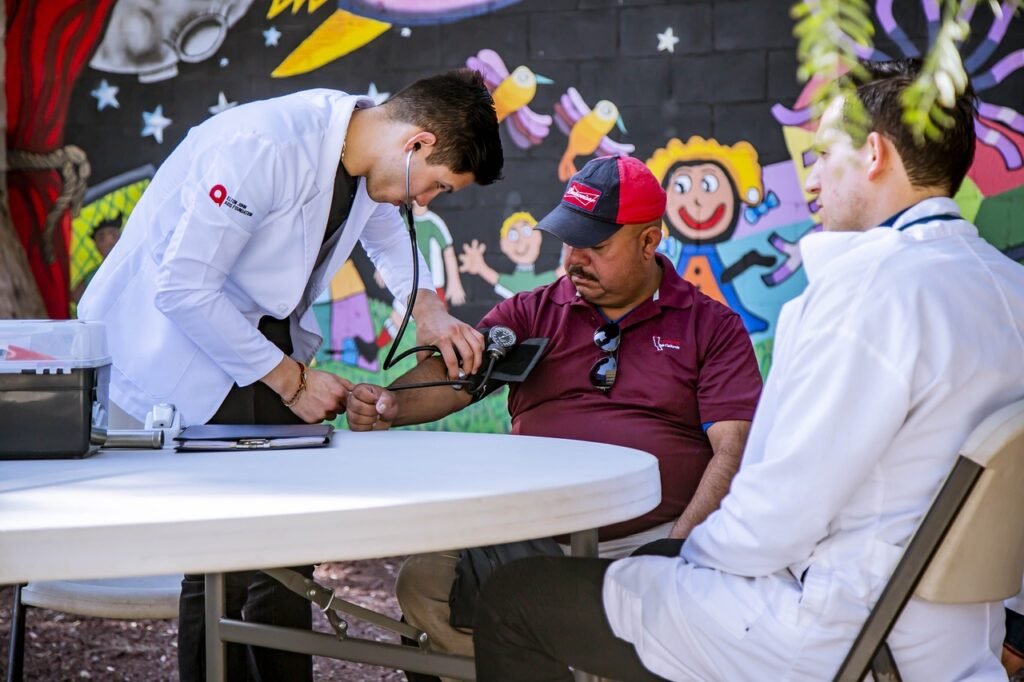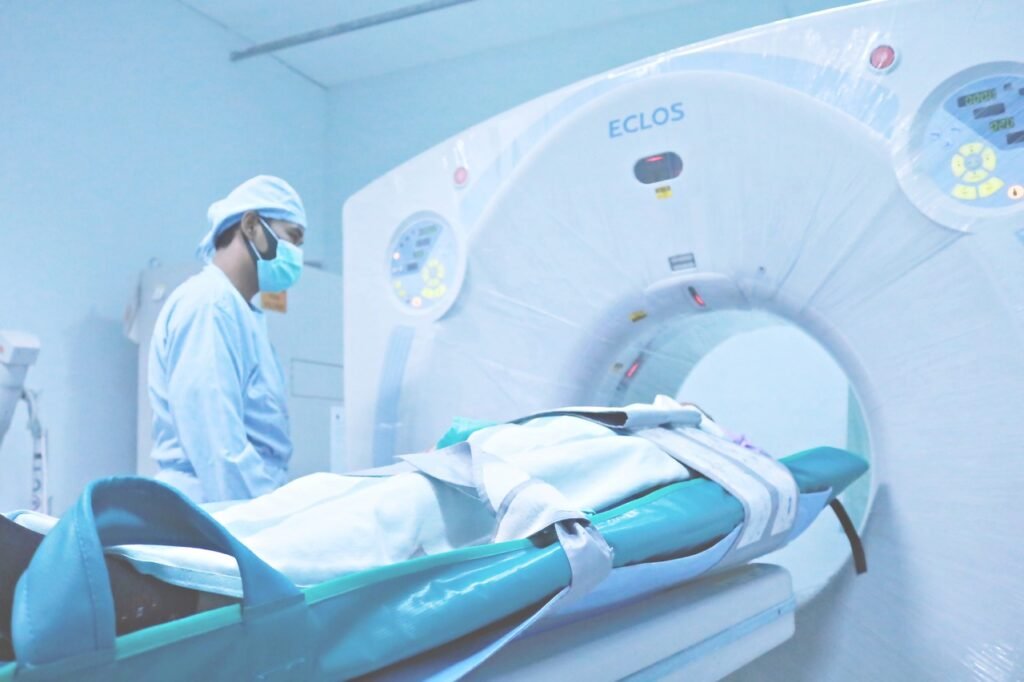Exploring the Power of Health Technology
The health Technology has emerged as a fundamental part of present-day healthcare, revolutionizing how we prevent, diagnose, treat, and control illnesses. This article explores the idea of the fitness era, its evolution, diverse applications, challenges, and the destiny of this swiftly advancing discipline.

Introduction
The fitness era is essential in enhancing healthcare shipping and affecting personal outcomes in the fast-moving modern world. The fitness era features various improvements to improve clinical care, from telemedicine to wearable gadgets and synthetic intelligence to extensive statistics analytics. This article affords a complete assessment of the fitness era, its uses, and its effect on the healthcare industry.

Definition of Health Technology
The health era refers to the software of medical knowledge, tools, and strategies for fixing fitness-associated troubles and enhancing healthcare outcomes. It entails developing, implementing, and using gadgets, tactics, and structures to prevent, diagnose, treat, and control sicknesses and clinical conditions.
Evolution of Health Technology
The discipline of the fitness era has developed considerably over the years. Initially, it centered on accessible clinical gadgets and equipment consisting of stethoscopes and thermometers. However, with improvements in technology and era, the fitness era has elevated to consist of complicated structures and virtual answers that revolutionize healthcare shipping.

Applications of Health Technology
Telemedicine and Remote Monitoring
Telemedicine permits healthcare specialists to offer clinical offerings remotely, leveraging conversation technology consisting of video conferencing and cell applications. It allows digital consultations, remote diagnosis, and tracking of patients, specifically in remote or underserved areas.
Electronic Health Records
Electronic Health Records (EHRs) have changed conventional paper-primarily based total records, enhancing the performance and accuracy of affected person statistics management. EHRs allowed the steady sharing of clinical records amongst healthcare vendors, leading to higher care coordination and decreased clinical errors.

Wearable Devices
Wearable gadgets, including health trackers and smartwatches, have received recognition in recent years. These gadgets display crucial signs, bodily activity, and sleep patterns, empowering people to take pride in their fitness and allowing healthcare specialists to accumulate treasured statistics for personalized care.
Artificial Intelligence in Healthcare
Artificial Intelligence (AI) can revolutionize healthcare by studying large quantities of clinical statistics, figuring out patterns, and making predictions. AI-powered structures can help diagnose, remedy planning, drug discovery, and hazard assessment, improving medical decision-making and affected person care.

Robotics and Automation in Healthcare
The robotic era and automation are reworking diverse elements of healthcare, from surgical tactics to medicinal drug dispensing. Robots can help surgeons in appearing complicated surgical procedures with more precision, while automation streamlines administrative tasks, permitting healthcare vendors to pay extra attention to affected person care.
Internet of Medical Things
The Internet of Medical Things (IoMT) refers to interconnected clinical gadgets and structures that gather and alternate records for healthcare purposes. IoMT allows faraway affected person tracking, medicine adherence tracking, and real-time records analysis, leading to extra proactive and personalized care.
Challenges in Health Technology Implementation
Despite several blessings, fitness era implementation faces certain demanding situations. These encompass privacy and safety concerns, interoperability issues, regulatory complexities, and the want for good enough education and guidance for healthcare professionals. Overcoming those demanding situations is critical to knowing the natural ability of the fitness era.

Ethical Considerations
As the fitness era advances, moral issues come to be increasingly important. Issues including records privateness, consent, set of rules bias, and the effect of automation on jobs and human contact in healthcare want cautious attention. Ensuring moral practices and regulatory frameworks is vital to preserving consideration in the fitness era.
Future of Health Technology
The destiny of the fitness era holds substantial possibilities. Advancements in regions like genomics, nanotechnology, digital reality, and telehealth can reshape healthcare transport further. The fitness era will evolve with ongoing studies and innovation, empowering each healthcare carrier and sufferer.

Conclusion
The health era has converted the healthcare landscape, offering revolutionary answers to enhance affected person care, decorate efficiency, and power higher fitness outcomes. From telemedicine to AI, wearable gadgets to massive records analytics, the programs of the fitness era are full-size and ever-expanding. Embracing that technology’s ability while addressing demanding situations and moral issues will pave the way for a destiny wherein healthcare is extra handy, personalized, and effective.
FAQs for Exploring the Power of Health Technology
How does health technology benefit patients
Health technology benefits patients by improving access to healthcare services, enhancing diagnosis and treatment options, promoting remote monitoring and self-care, and facilitating personalized and proactive medical care.
What are the challenges in implementing health technology?
Implementing health technology faces challenges such as privacy and security concerns, interoperability issues, regulatory complexities, and the need for proper training and support for healthcare professionals.
How does health technology benefit patients
Health technology benefits patients by improving access to healthcare services, enhancing diagnosis and treatment options, promoting remote monitoring and self-care, and facilitating personalized and proactive medical care.
What are the challenges in implementing health technology?
Implementing health technology faces challenges such as privacy and security concerns, interoperability issues, regulatory complexities, and the need for proper training and support for healthcare professionals.





